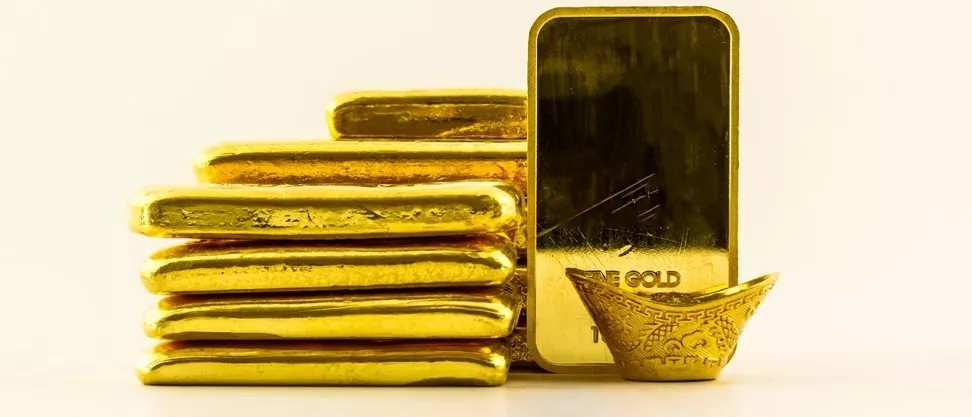Ray Jia
Research Head, China World Gold CouncilChina gold market update: October's unseasonable strength

Ray joined the World Gold Council in early 2019, and works within the Research team as the Research Head, China. He previously held position with China Industrial Futures Ltd, focusing on the market analysis for major commodities classes and international macros for both individual and institutional investors.
Ray has a Bachelor’s degree in Corporate Finance from the Adelaide University in Australia, and a Master's degree of Investment from Pace University in the US.
China recently announced changes to the gold market value-added tax policies, effective from 1 November 2025 to 31 December 2027. Members who buy and sell gold directly on the SGE remain VAT free; meanwhile, members withdrawing physical gold and re-selling with investment purposes are not impacted, while those with non-investment purposes now face higher costs when they re-distribute.
With higher costs, gold jewellery demand in China may face some headwinds, but it may can also be an additional catalyst for innovation amidst a competitive landscape. Investment demand is not directly impacted by the policy, but we may see greater concentration of gold buying through SGE members.
Supported by reviving investment strength and relatively more active retailer replenishment, wholesale gold demand in China rebounded during September. Meanwhile, the PBoC announced its 11th consecutive monthly gold purchase and Chinese gold ETF flows turned positive.
China’s official gold reserves rose further in July, the ninth consecutive monthly purchase. Wholesale gold demand saw a modest m/m seasonal rise in July, yet they remained below the long-term average. Gold ETF flows flipped negative and gold futures’ volumes cooled.
China’s wholesale gold demand weakened further in June, ending H1 with a 18% y/y fall – bar and coin demand strength was offset by the jewellery sector weakness. A positive June concluded the strongest semi-annual Chinese gold ETF inflow ever and the PBoC announced non-stop gold purchases during H1.
Gold has experienced a prolonged bull run in recent years. After bottoming at US$1,429/oz on 3 November 2022, the gold price has more than doubled: on 30 June 2025 it stood at US$3,287/oz, having refreshed its historical record 68 times over that period.
The PBoC continued to add gold to its reserves while Chinese gold investment momentum cooled. And wholesale gold demand weakened m/m due mainly to seasonal impact on gold jewellery consumption and slowing bullion sales.
Continued gold price strength and the US-China trade tensions pushed Chinese gold ETF demand to a record high in April. Gold futures trading activities in Shanghai also surged to unseen levels. Wholesale demand improved and the PBoC announced another gold purchase.
Another exceptional month for the gold price and trade tensions with the US led to continued boom in retail investment. Meanwhile, China’s official gold holdings rose five months in a row. And wholesale demand also picked up seasonally, resulting in an improving local gold premium.
China’s official gold holdings rose four months in a row, adding another 5t in February. And Chinese gold investors bought gold ETFs at a record pace in the month, pushing both AUM and holdings to unseen levels. However, gold jewellery demand weakness, amid seasonality and the rising gold price, weighed on total wholesale gold demand in the month.
Gold began 2025 with vigour: the LBMA Gold Price PM and the Shanghai Gold Benchmark Price PM both saw their strongest January in years, rising by 8% and 5% respectively.
China’s wholesale gold demand sees a seasonal rebound in December yet the 2024 total remains weaker than 2023. Meanwhile, gold ETFs experienced unprecedented inflows in 2024. And China’s official gold holdings have increased two months in a row now, ending the year with reported gold purchases of 44t.
The local gold price’s unprecedent surge and amplified equity market volatilities helped Chinese gold ETFs attract their largest monthly inflow eve. China’s wholesale gold demand continued to exhibit seasonal patterns, witnessing a mild fall m/m yet remaining well below the long- term average. The stabilizing gold price, seasonality and positive impact from various stimulus may bode well for gold consumption in coming months.
使用微信扫一扫登录
[世界黄金协会]
